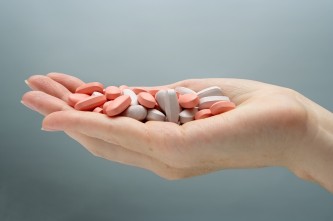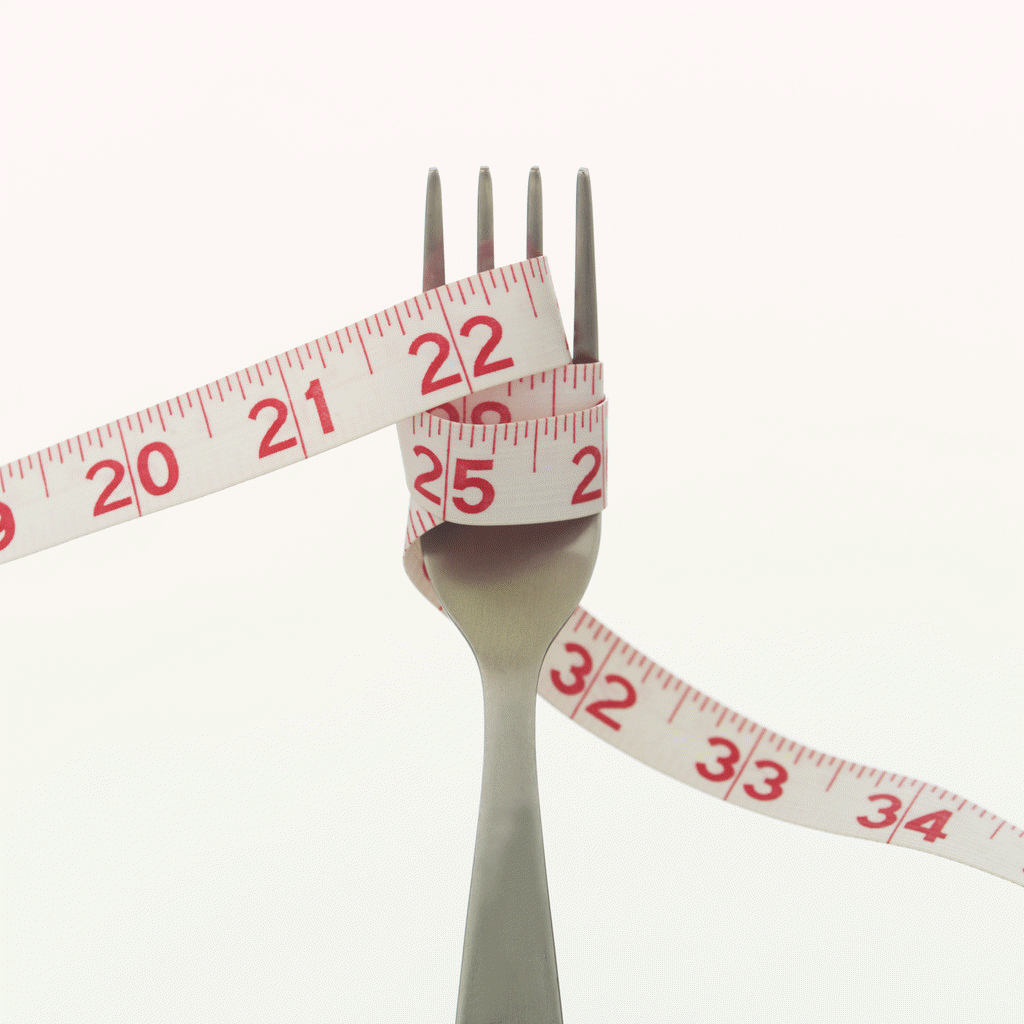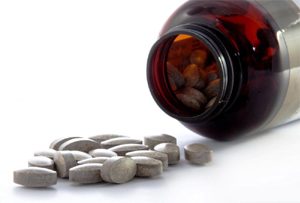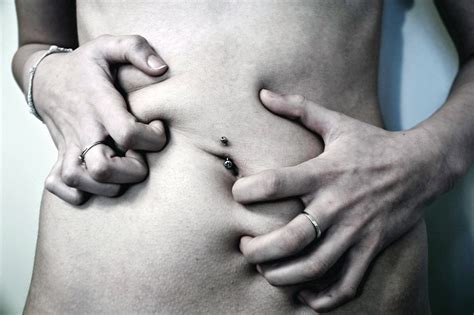1: The need to feel empty

This is a topic, that I would like to split into a two-part story.
Each of the factors are different, but aligned as you will realise by the end of the second section.
Laxative Abuse - righto! I said it...
not many people know about it.
But they may have thought about it.
Even you.
Laxative abuse often is covered under the spectrum of Eating Disorders, as a need to 'feel empty' remove unwanted calories, or related to anxiety of a post-binge eating session. The idea behind it is to rush out food before the calories can be absorbed. And is somewhat dissimilar to 'purging' in Bulumia.
First off, I will give you an overview of the collective known as 'Eating disorders' and then follow up focusing on laxative abuse and how it can directly affect your body. To finally provide you with an insight to my story and how I once used laxatives as a part of my eating disorder.

What is an Eating disorder?
Eating disorders can be summarised as - "a mental disorder defined by abnormal eating habits that negatively affect a person's physical or mental health". Many of us will automatically jump to the conclusion of 'Anorexia Nervosa' someone who is skeletal skinny and refuses to eat. But there is actually a lot more to eating-related disorders.
There is Anorexia Nervosa, Bulimia, Orthorexia, Binge-eating disorder (BED), Avoidant/Restrictive food intake disorder (ARFID), PICA, Rumination disorder, Active/Compulsive exercise disorder, Muscle disorder and body dysmorphia, compulsive overeating, Diabulimia, Pregorexia, Drunkorexia and Other specified feeding or eating disorder (OSFED). All of these relate to how we think and feel about foods, and the consumption of foods either minimally or to excess.
Anorexia - characterized by lack of maintenance of a healthy body weight, an obsessive fear of gaining weight or refusal to do so, and an unrealistic perception, or non-recognition of the seriousness, of current low body weight. Anorexia Nervosa increases the risk of death. The most underlining factor researchers are starting to take notice of is that it may not just be a vanity, social, or media issue, but it could also be related to biological and or genetic components.
Bulimia - is characterized by recurrent binge eating followed by compensatory behaviors such as purging (self-induced vomiting, eating to the point of vomiting, excessive use of laxatives/diuretics, or excessive exercise). Fasting and over-exercising may also be used as a method of purging following a binge.
Orthorexia - a term used by Steven Bratman to characterize an obsession with a "pure" diet, in which people develop an obsession with avoiding unhealthy foods to the point where it interferes with a person's life. How many people do you know these days that are obsessed with the notion of 'Clean eating?'
BED - characterized by recurring binge eating at least once a week for over a period of 3 months while experiencing lack of control and guilt after overeating. The disorder can develop within individuals of a wide range of ages and socioeconomic classes.
ARFID - is similar to anorexia in that both disorders involve limitations in the amount and/or types of food consumed, but unlike anorexia, ARFID does not involve any distress about body shape or size, or fears of fatness.
PICA - is an eating disorder that involves eating items that are not typically thought of as food and that do not contain significant nutritional value, such as hair, dirt, and paint chips.
Rumination disorder - involves the regular regurgitation of food that occurs for at least one month. Regurgitated food may be re-chewed, re-swallowed, or spit out. Typically, when someone regurgitates their food, they do not appear to be making an effort, nor do they appear to be stressed, upset, or disgusted.
Muscle/exercise dysmorphia - is characterized by appearance preoccupation that one's own body is too small, too skinny, insufficiently muscular, or insufficiently lean. Muscle dysmorphia affects mostly males.
COE - in which individuals habitually graze on large quantities of food rather than binging, as would be typical of binge eating disorder.
Diabulimia - characterized by the deliberate manipulation of insulin levels by diabetics in an effort to control their weight
Pregorexia - characterized by extreme dieting and over-exercising in order to control pregnancy weight gain. Undernutrition during pregnancy is associated with low birth weight, coronary heart disease, type 2 diabetes, stroke, hypertension, cardiovascular disease risk, and depression
Drunkorexia - As a slang, non-medical term, Drunkorexia refers to someone who restricts food calories to make room for alcoholic drink calories. Others may purge their food and alcoholic drink to avoid the calories. Despite the known risks of these behaviors, studies have shown that 30% of women between 18 and 23 diet so they can drink. 'Lets have a liquid meal?'
OSFED - include individuals with atypical anorexia nervosa, who meet all criteria for AN except being underweight, despite substantial weight loss; atypical bulimia nervosa, who meet all criteria for BN except that bulimic behaviors are less frequent or have not been ongoing for long enough; purging disorder; and night eating syndrome.

...now lets talk about LAXAB...
Laxative abuse occurs when a person attempts to eliminate unwanted calories, lose weight, “feel thin,” or “feel empty” through the repeated, frequent use of laxatives. Often, laxatives are misused following eating binges, because the individual mistakenly believes that the laxatives will work to rush out food and calories before they can be absorbed — but that doesn’t really happen.
In reality laxatives work on the large intestine, most of the food and calories in the food have already been absorbed by the small intestine. . Although laxatives artificially stimulate the large intestine to empty, the “weight loss” caused by a laxative-induced bowel movement contains little actual food, fat, or calories. Instead, laxative abuse causes the loss of water, minerals, electrolytes, and indigestible fiber and wastes from the colon. This “water weight” returns as soon as the individual drinks any fluids and the body re-hydrates. If the chronic laxative abuser refuses to re-hydrate, they risk dehydration, which further taxes the organs and which may ultimately cause death.
So lets list the health risks here -
*Disturbance of electrolyte and mineral balances. Sodium, potassium, magnesium, and phosphorus are electrolytes and minerals that are present in very specific amounts necessary for proper functioning of the nerves and muscles, including those of the colon and heart. Upsetting this delicate balance can cause improper functioning of these vital organs.
*Severe dehydration may cause tremors, weakness, blurry vision, fainting, kidney damage, and, in extreme cases, death. Dehydration often requires medical treatment.
Laxative dependency occurs from overuse, and can cause the colon stops reacting to usual doses of laxatives so that larger and larger amounts of laxatives may be needed to produce bowel movements.
*Internal organ damage may result, including stretched or “lazy” colon, colon infection, irritable bowel syndrome, and, rarely, liver damage. Chronic laxative abuse may contribute to risk of colon cancer.
...Lets focus on the GI tract...
*Slowed digestion known as gastroparesis. Food restriction and/or purging by vomiting interferes with normal stomach emptying and the digestion of nutrients, which can lead to:
*Stomach pain and bloating
*Nausea and vomiting
*Blood sugar fluctuations
*Blocked intestines from solid masses of undigested food
*Bacterial infections
*Feeling full after eating only small amounts of food
*Constipation, which can have several causes:
Inadequate nutritional intake, which means there’s not enough in the intestines for the body to try and eliminate
*Long-term inadequate nutrition can weaken the muscles of the intestines and leave them without the strength to propel digested food out of the body
*Laxative abuse can damage nerve endings and leave the body dependent on them to have a bowel movement
*Binge eating can cause the stomach to rupture, creating a life-threatening emergency.
Vomiting can wear down the esophagus and cause it to rupture, creating a life-threatening emergency.
*Frequent vomiting can also cause sore throats and a hoarse voice.
*When someone makes themselves vomit over a long period of time, their salivary (parotid) glands under the jaw and in front of the ears can get swollen. This can also happen when a person stops vomiting.
*Both malnutrition and purging can cause pancreatitis, an inflammation of the pancreas. Symptoms include pain, nausea, and vomiting.
*Intestinal obstruction, perforation, or infections, such as:
Mechanical bowel problems, like physical obstruction of the intestine, caused by ingested items.
*Intestinal obstruction or a blockage that prevents food and water from passing through the intestines.
*Intestinal perforation, caused by the ingestion of a nonfood item that creates a hole in the wall of the stomach, intestines or bowels.

Lets look at the important numbers..
62.3% of teenage girls and 28.8% of teenage boys report trying to lose weight.
58.6% of girls and 28.2% of boys are actively dieting.
68.4% of girls and 51% of boys exercise with the goal of losing weight or to avoid gaining weight.
Over one-half of teenage girls and nearly one-third of teenage boys use unhealthy weight control behaviours such as skipping meals, fasting, smoking cigarettes, vomiting, and taking laxatives.
35-57% of adolescent girls engage in crash dieting, fasting, self-induced vomiting, diet pills, or laxatives.
Overweight girls are more likely than normal weight girls to engage in such extreme dieting.
Girls who diet frequently are 12 times as likely to binge as girls who don’t diet.
Even among clearly non-overweight girls, over 1/3 report dieting.
95% of all dieters will regain their lost weight in 1-5 years.
19.1% of teenage girls and 7.6% of teenage boys fast for 24 hours or more, 12.6% of girls and 5.5% of boys use diet pills, powders or liquids, and 7.8% of girls and 2.9% of boys vomit or take laxatives to lose weight or to avoid gaining weight.
12.6% of female high school students took diet pills, powders or liquids to control their weight without a doctor’s advice.

My story
The hardest part is recognizing you have a problem, and luckily I was able to recognize and admit that I had and still do have a problem. It began rather innocently, with a unfaltering desire to go to the gym and this was to prove a point - as I had been told for years that 'you wont sign up to the gym'. So I did... and I became obsessed. Every thought of mine began to become about how many hours could I spend exercising, how many steps will I take today, and how many calories do I need to burn off. Only when my obsession descended into an eating disorder did I become fully aware of the power and control this condition had over my life and me.
In everyday life, we are bombarded with health and fitness in the media to such an extent that even the most intense, devoted training programs seem acceptable and normal. We are surrounded by unhealthy diet fads, detox cleanses and meal replacement shakes. I used many of these as a cover for not wanting to eat food - and for an excuse to exercise more. How many meal replacement non-meal replacement shakes can one have before getting the shakes?
My story with Laxative Abuse and eating disorders began with a lifelong struggle with anxiety and depression, including a degree of PTSD (a story for another time). I was a gym junkie and a cardio fiend, and I counted each calorie, not even factoring in the equation how many calories I burned in everyday activities and during sleep. All calories consumed needed to be exercised off. I would be going to the gym twice a day, playing physical sports and if this wasn't enough Id run some more. I found myself plateauing, so I'd drop more calories. Then the nausea would start, I'd get the shakes and I'd binge. I still binged on healthy foods, mainly nuts and savoury things. But also alcohol, as it was something I had abstained from for a long time. Before this all I'd dropped 8kilos, not much to some... But I had never been a big person and was always to some degree active. And I was desperate to find some way to break the next barrier. So I turned to purging and laxative use.
It began as something innocent, one little pill of Prunelax overnight for relief, but in the space of a month it had transformed to the use of up to six pills in one sitting, sometimes up to twice a day. I quickly got used to the stabbing pains in my gut and the 4am wake up calls to go to the bathroom. Sometimes the cramping would be severe, that I would have to lie down as to not faint. I was dizzy, drained of energy and a shell of a person controlled by a voice in my head. If I wasn't a slave to the voice (I call it ED), ED would abuse me and to treat myself I'd need to exercise to feel awake, to feel whole and to be in a good mood. If I couldn't exercise I would be erratic and anxious. I sought help and was clinically diagnosed with an 'Active Eating Disorder', with the voice being that of Anorexia Nervosa but the output of Obsessive Exercise Disorder and Bulimia. My BMI was less than my age at the time and sat in the upper teens on the upper portion of underweight. No doctor or psychologist that I saw told me to stop exercising so much; I was just treated with cognitive behavioural therapy (CBT).
I never lost ED, and it still screams to me to this day. Like any long-term relationship, negotiating my eating disorder with my body over the past years — or even not having an eating disorder — has ebbed and flowed. Every meal, I choose to eat and eat well. If I have to do this for the rest of my life, so be it. Recovery is not an easy path, but it is the right one, and the one that takes the most strength to walk down. I will never be free of ED, but I can learn to live with it.

